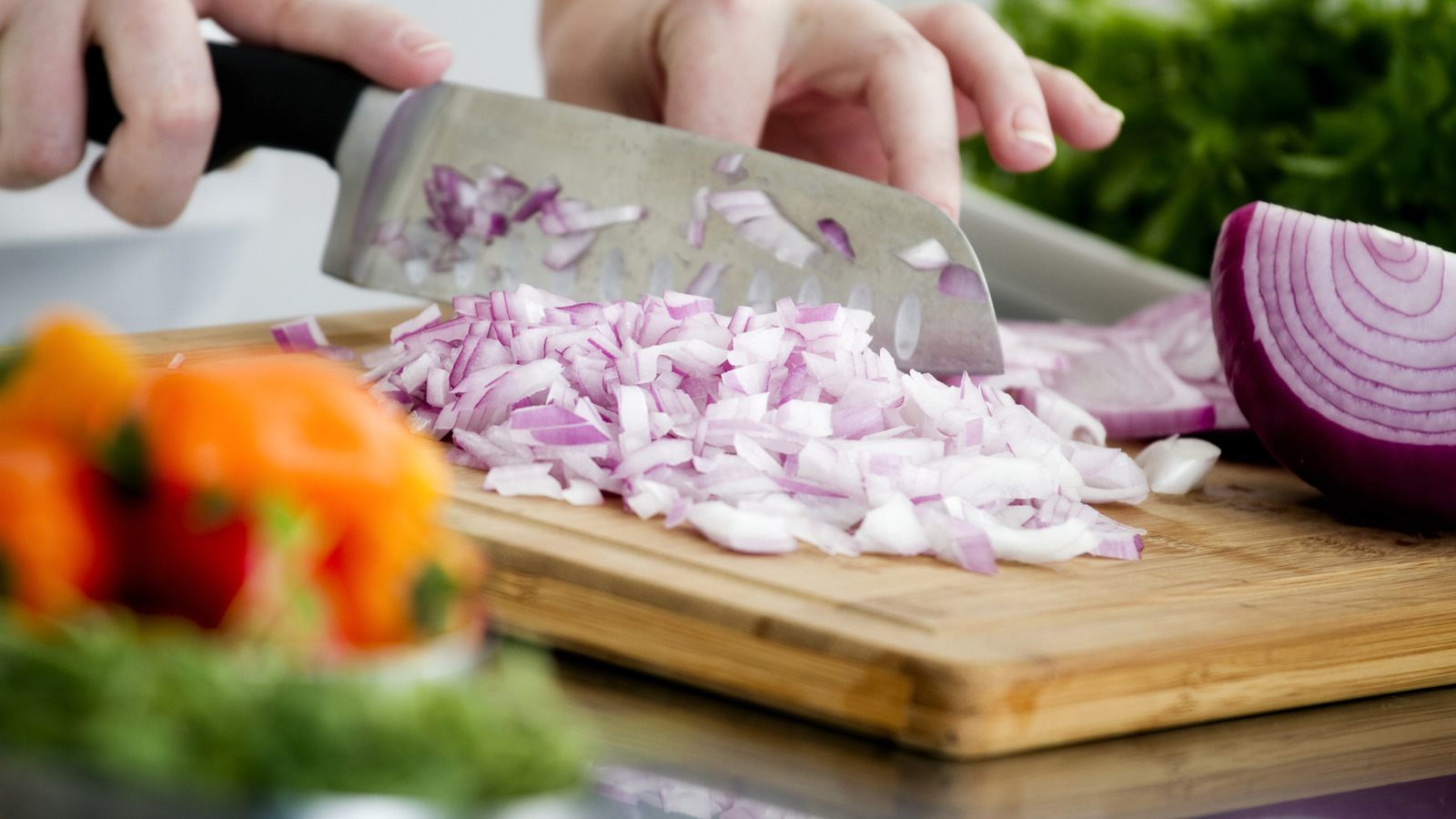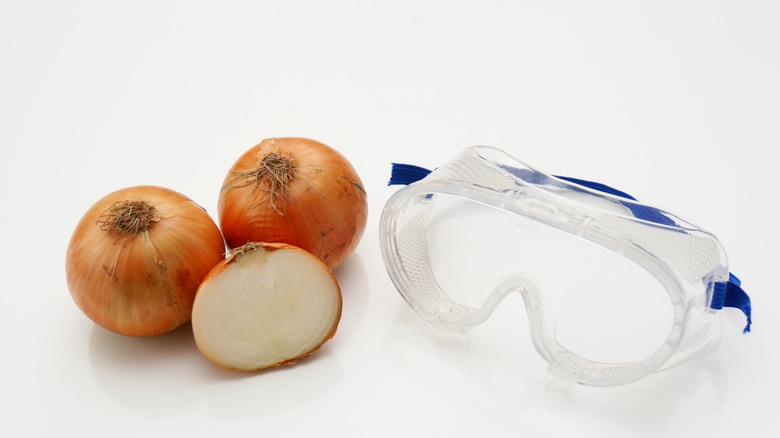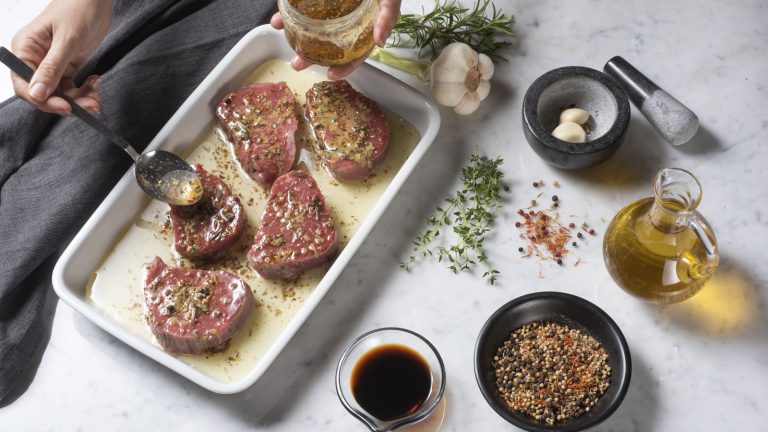Anyone who cooks knows that onions are a staple ingredient to have in many recipes. The pungent vegetable is perfect for pickling and used as a base for countless soups, stews, and pasta dishes. Before it gets thrown in the pan, however, there is the (literally) irritating work of chopping it up. This can take some time, especially if your eyes are sensitive. Many people even need to take several mini breaks from the cutting board, to wait out the tears and return when they can see clearly again.
A quick search on the internet will draw all kinds of results about how to stop those onion tears, but many are not actually backed by scientific evidence. Fortunately, now there’s some reliable research that suggests there is one simple but effective way to stop the tears when chopping an onion. Scientists experimented with chopping onions with different types of blades at different speeds. The results were clear: The sharper the blade and the slower the cut, the less noxious chemicals were released into the air. So, the next time you are getting ready to chop some onions, remember the takeaway to keep the tears at bay: sharp and slow does the trick.
But why do we cry when chopping onions, anyways? Ironically enough, it’s a defense mechanism meant to stop us from eating them. The chemical responsible for irritating the eyes stays dormant until the cells in the onion are broken, alerting the onion that it’s about to get caramelized. That’s when the compounds are released into the air, and eventually hit your eyes.
Other tips to keep tears at bay while chopping onions
Did you know that onion goggles are actually a thing? They are, but in a pinch, any pair will do. Protecting your eyes makes the most sense when it comes to stopping an onion’s natural mace from flying in your face. The only catch is looking like you are heading off to a swim meet while you are preparing dinner.
A less theatrical way to mitigate onion-induced tears is to swipe your knife with fresh lemon juice. You will need to do this at least a few times while chopping an onion, but the results are worth it. Though it won’t stop the tears altogether, it will help significantly with the irritation. Another method is to set a small fan near the chopping board, turned away from you. This one is pretty self-explanatory: The more moving air, the more dispersed the released particles will be. Finally, invest in a good knife. You will want a sharp, thin, stainless steel knife that is at least 8 inches long. The design matters as well. For chopping onions, the best knife shape is one with a pronounced tip and subtly curved bottom edge.






